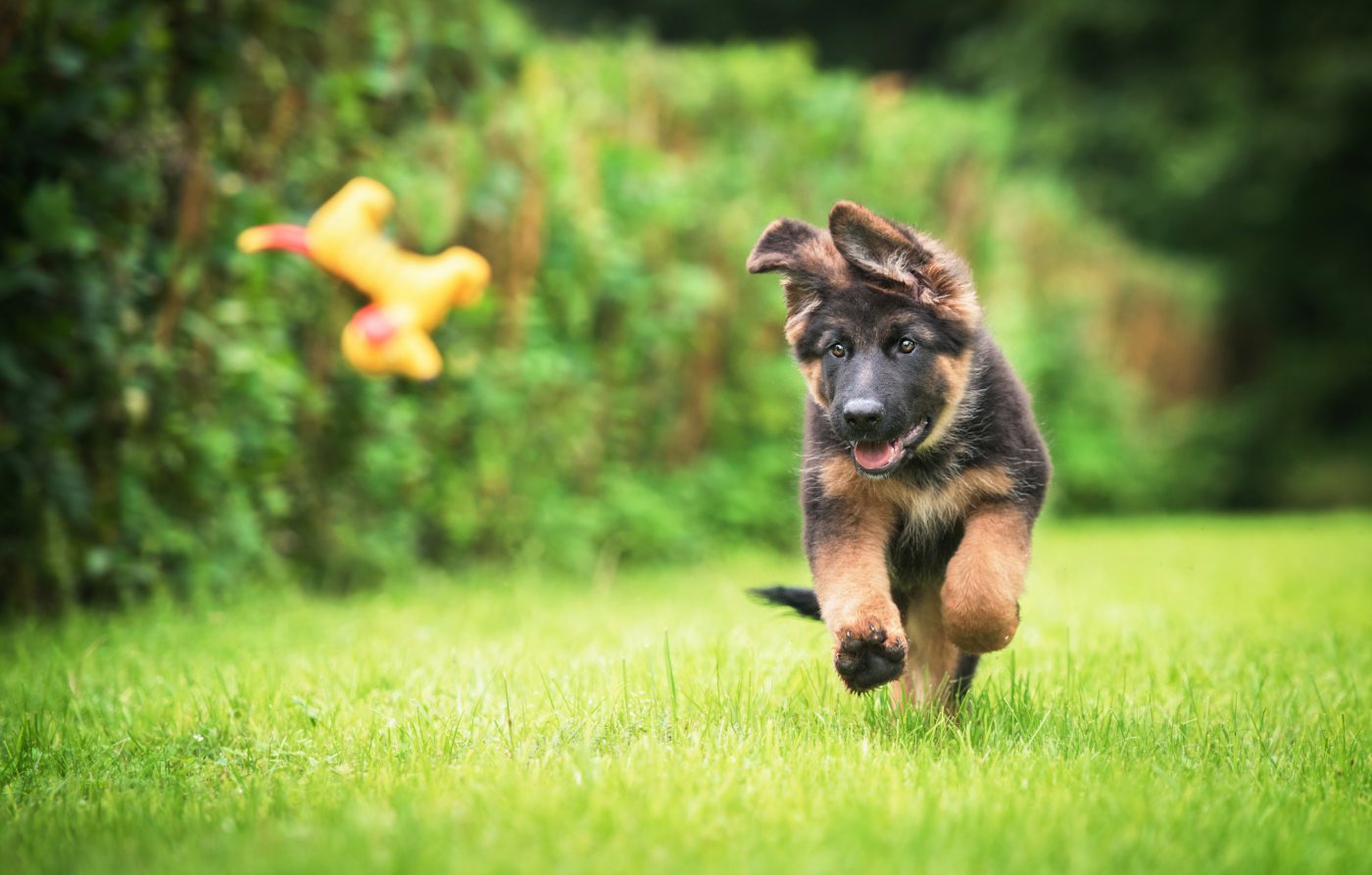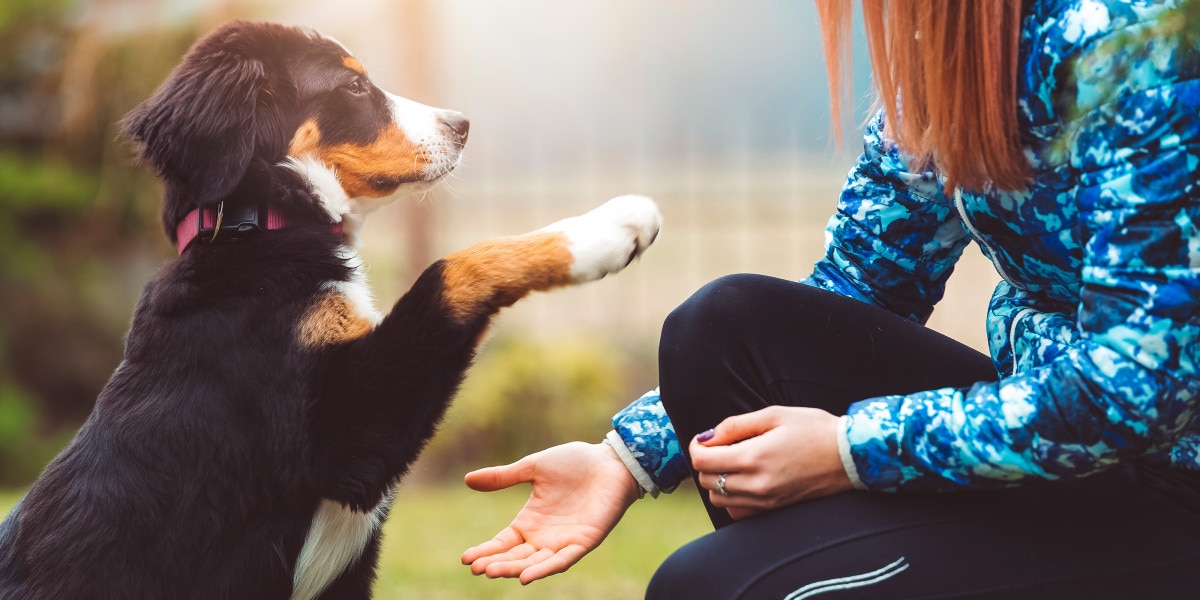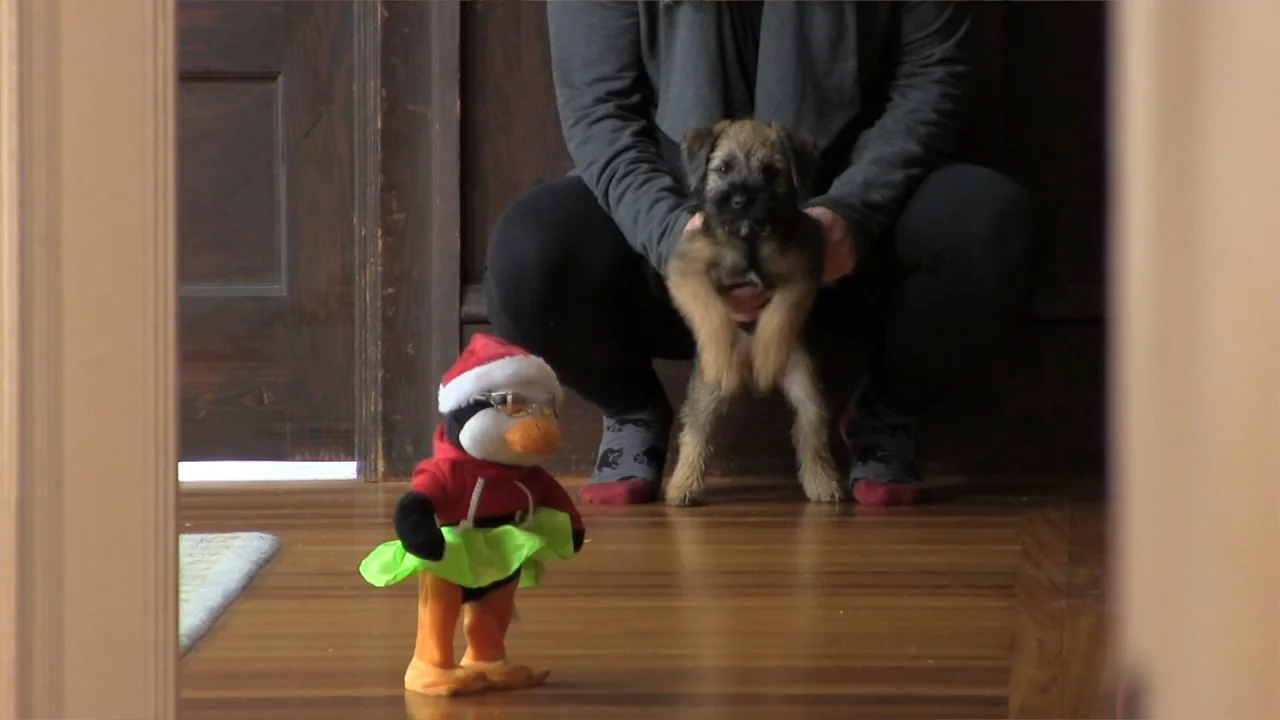Puppy Training 101: How to Start Teaching Your New Pup Right Away
Wiki Article
Top Pup Educating Techniques to Guarantee a Well-Behaved Pet Dog
Efficient pup training is critical for growing a mannerly companion, and different strategies can significantly influence a canine's development. Among these, positive support stands apart as a fundamental strategy, advertising depend on and encouraging preferable actions. Uniformity in commands and very early socializing are similarly essential, preparing for a well-adjusted animal. Additionally, the roles of crate training and leash etiquette can not be overlooked. As we explore these techniques additionally, it becomes clear that the success of puppy training rests on a mix of techniques that can transform your pet's actions in remarkable means.Positive Reinforcement Techniques
Using positive support strategies is necessary for effective pup training, as it urges wanted habits through rewards rather than penalty. This technique profits from the natural discovering processes of canines, enhancing etiquette by supplying tangible and immediate incentives, such as treats, appreciation, or play. By linking positive results with particular actions, puppies are most likely to duplicate those behaviors in the future.Efficient favorable support entails timing and consistency. Incentives ought to be provided immediately after the wanted behavior takes place to create a clear connection in the puppy's mind. In addition, varying the sorts of benefits can preserve a puppy's rate of interest and motivation throughout the training procedure. As an example, some pups may respond far better to spoken praise while others might like a favored toy or reward.

Consistency in Educating Commands
Preserving consistency in training commands is vital for strengthening the lessons discovered with favorable reinforcement techniques. Pet dogs prosper on regular and predictability, so making use of the very same spoken commands and hand signals for particular actions is essential. This uniformity helps young puppies recognize what is anticipated of them, lowering complication and aggravation for both the instructor and the family pet.
Timing additionally plays a considerable function in consistency. Commands ought to be supplied promptly throughout training sessions and followed instantly by favorable reinforcement, such as treats or praise. This immediate reaction helps solidify the association between the command and the wanted behavior.
Including uniformity into training sessions will create a secure knowing setting, advertising quicker mastery of commands. Inevitably, a well-structured approach cultivates a solid bond between the pup and its owner, leading to a much more mannerly and loyal family pet.
Socializing With Various Other Pets
Socializing with other pet dogs is crucial for a puppy's development, as it assists them find out suitable actions and communication abilities in diverse social contexts. Early interactions with different pets can substantially affect a pup's personality and adaptability in various scenarios. When pups are exposed to a variety of animals, they become a lot more certain and less fearful, which can prevent potential behavioral problems later in life.
Moreover, observing body language during communications is essential. Educate your puppy to identify signals from various other pets, such as indications of playfulness or pain, promoting common regard and understanding. Normal socialization not just boosts your puppy's social abilities however also adds to their overall well-being, developing an extra unified living setting. Finally, prioritizing interactions with other pets will yield a well-rounded and socially adept canine.
Pet Crate Training Conveniences
Acknowledging the countless advantages of cage training can considerably boost both the young puppy's and owner's experience. Crate training gives a risk-free and protected setting for young puppies, ensuring they really feel secured when laid off. This complacency can significantly reduce anxiety and stress and anxiety levels for both the pet dog and the proprietor.Furthermore, pet crates offer as a beneficial house-training device. Young puppies normally avoid soiling their sleeping area, thus encouraging them to hold their bladder until they are allow outside. This instinct can expedite the house-training procedure, cultivating great habits beforehand.
When without supervision,Crate training also helps in managing a puppy's actions - puppy training. By supplying a designated area, proprietors can prevent damaging actions, such as chewing on furnishings or entering hazardous compounds. Additionally, dog crates can be helpful during travel, using an acquainted space that can assist soothe a young puppy in brand-new atmospheres.
Finally, establishing a dog crate regular motivates freedom, enabling puppies to why not try this out discover just how to be alone without concern. On the whole, cage training is a reliable method for promoting safety and security, peace, and technique, causing a well-adjusted, well-behaved pet dog.
Leash Training Essentials
Leash training is an essential aspect of accountable pet possession that ensures a enjoyable and safe strolling experience for both the young puppy and its proprietor. Correct leash training begins early, preferably throughout the young puppy's socialization period. This training assists establish good behaviors and advertises positive behaviors when out in public.To begin, choose a comfortable collar or harness that fits your pup these details well. Connect a strong chain, guaranteeing it is not as well long, as this can cause drawing and irregular actions. Begin in a silent environment to lessen diversions and gradually introduce your pup to brand-new environments.
Usage favorable support methods, such as treats and appreciation, to encourage your puppy to stroll beside you. Stop strolling and wait for them to return to your side before continuing if your puppy pulls. This shows them that drawing will certainly not generate onward motion. Uniformity is key; method consistently and stay client, as proficiency takes time.
In addition, integrate short training sessions with enjoyable distractions to develop your young puppy's emphasis. With dedication and determination, leash training will cause a hospitable companion, making strolls enjoyable for both the young puppy and the owner.
Final Thought
In verdict, employing effective puppy training methods is essential for establishing a well-behaved pet. Generally, these approaches collectively promote an unified relationship between young puppies and their owners.As we discover these techniques even more, it becomes clear that the success of puppy training hinges on a combination of methods that can change your animal's behavior in exceptional means.
Using positive reinforcement techniques is necessary for efficient young puppy training, as it urges desired behaviors with incentives rather than punishment.Crate training additionally aids in handling a puppy's habits when not being watched.Leash training is a fundamental element of liable animal ownership that ensures a risk-free and pleasurable walking experience for both the pup and try this out its owner.In conclusion, employing effective puppy training methods is critical for creating a well-behaved pet.
Report this wiki page